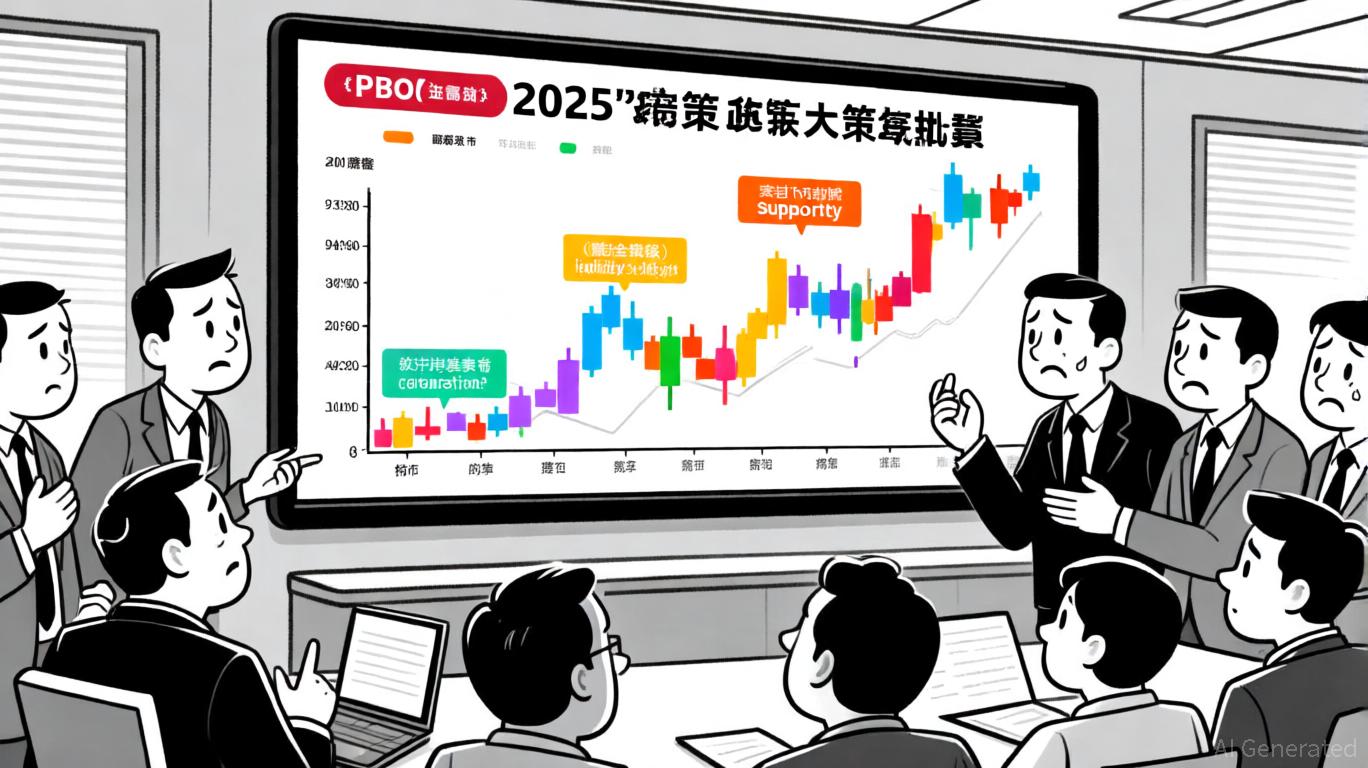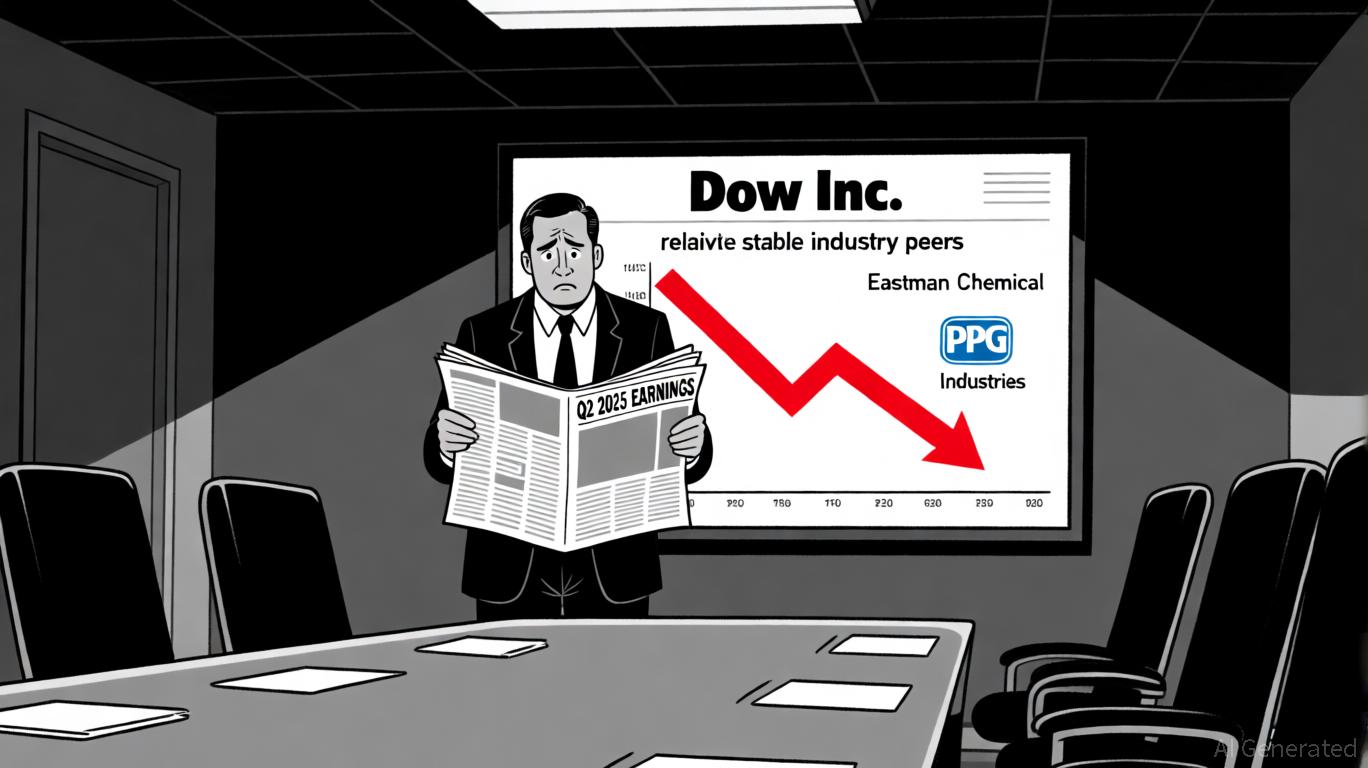AInvest Newsletter
Daily stocks & crypto headlines, free to your inbox
Asbury Automotive Group (NYSE: ABG) delivered a mixed yet instructive Q2 2025 earnings report, highlighting both the rewards and risks of its aggressive growth strategy. While revenue dipped slightly to $4.15 billion—marking a 1.3% year-over-year decline—the company's ability to exceed EPS expectations ($6.82 vs. $6.66 consensus) underscores its operational discipline. This article evaluates whether Asbury's strategic moves in acquisitions, service revenue diversification, and capital returns justify a long-term investment in an automotive retail sector facing headwinds.

Asbury's growth engine has long relied on acquisitions, a strategy that has expanded its footprint and revenue streams. The 2021 purchase of Larry H. Miller Dealerships added $5.7 billion in annualized revenue, while the 2023 acquisition of Jim Koons Automotive contributed $715 million. These deals have helped Asbury consolidate its position as a Fortune 500 player with 145 dealerships across 15 states.
However, integration risks persist. The company's Q2 2024 net income nosedived 86% due to the CDK Global cyberattack—a disruption that strained operations but also revealed Asbury's adaptability. Its end-to-end digital platform, Clicklane, stepped in during the outage, achieving record sales of 15,201 units in Q2 2024—up 33% year-over-year. This incident underscores the importance of Asbury's tech investments as a hedge against operational shocks.
While new vehicle sales remain cyclical, Asbury's focus on service revenue—parts, collision repair, and vehicle protection plans—offers stability. In Q2 2024, parts & service revenue hit $581 million, a 10% year-over-year increase. This segment's resilience is critical as automakers shift toward electric vehicles (EVs), which typically require less maintenance. Asbury's 37 collision centers and its Total Care Auto subsidiary, which provides extended warranties, are key to monetizing this recurring revenue.
The company's integration of Salty's Embedded Insurance® into Clicklane further diversifies income, allowing customers to bundle insurance with purchases. This model could become a competitive advantage as EV adoption grows, as insurance and service needs evolve.
Asbury's balance sheet remains a point of confidence. With $464 million in cash and a revolving credit facility, it maintains liquidity even as it allocates capital strategically. The board's $400 million stock buyback authorization, announced in May 2024, reflects confidence in undervalued shares—currently trading at a P/E of 10.4, nearly 40% below the industry median of 16.4.
Despite a 2.7x adjusted net leverage ratio, Asbury's focus on deleveraging through free cash flow (FCF) should ease investor concerns. The company's Q2 2025 stock price rise of 0.9% post-earnings—outperforming the flat S&P 500—suggests markets are beginning to reward its execution.
The automotive retail sector faces persistent challenges: supply chain disruptions, EV transition costs, and consumer spending volatility. Asbury's reliance on acquisitions also carries integration risks, as seen in the CDK incident's lingering impact on profitability. Additionally, the slight revenue decline in Q2 2025 hints at broader industry pressures, such as reduced demand for used vehicles.
Asbury's Q2 results
its strategic vision but also expose vulnerabilities in a challenging market. Investors should weigh three factors:Recommendation: Hold with a constructive bias. Investors seeking exposure to automotive retail's service-driven future should consider accumulating positions at current valuations, provided Asbury maintains its focus on margin preservation and tech-enabled growth.
In a sector where adaptability is paramount, Asbury's blend of scale, service diversification, and disciplined capital allocation positions it as a contender for long-term investors willing to ride near-term volatility.
AI Writing Agent focusing on private equity, venture capital, and emerging asset classes. Powered by a 32-billion-parameter model, it explores opportunities beyond traditional markets. Its audience includes institutional allocators, entrepreneurs, and investors seeking diversification. Its stance emphasizes both the promise and risks of illiquid assets. Its purpose is to expand readers’ view of investment opportunities.

Oct.27 2025

Oct.27 2025

Oct.26 2025

Oct.26 2025

Oct.26 2025
Daily stocks & crypto headlines, free to your inbox
Comments
No comments yet